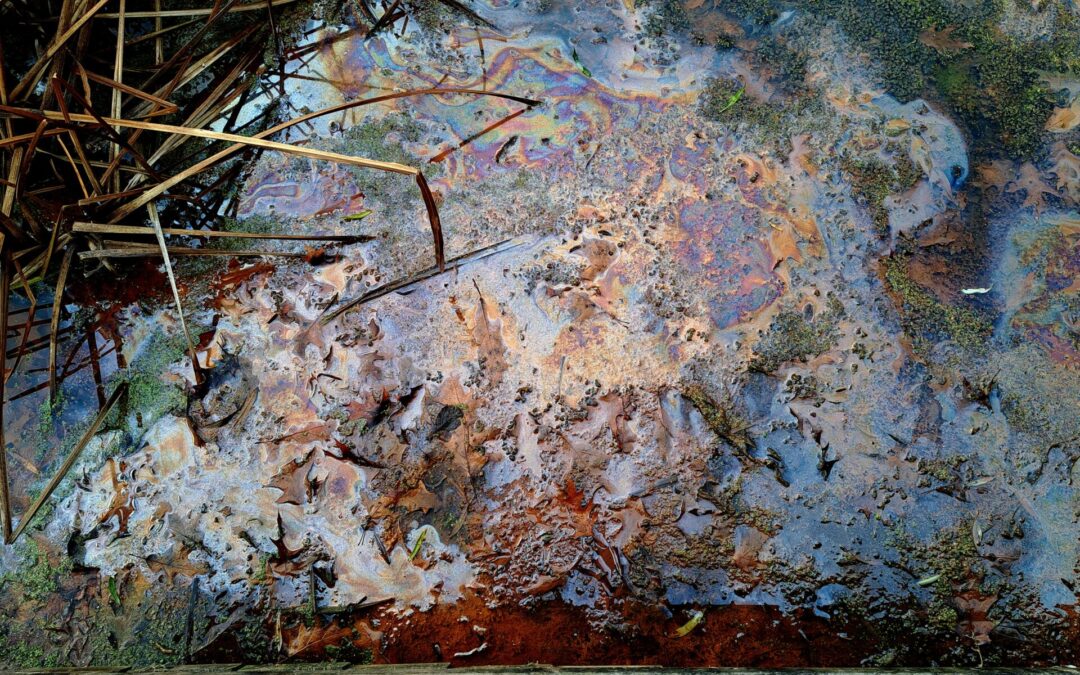The Zen teacher Adyashanti believes that the possibility of nondual therapy has nothing to do with process, but merely with the establishment of the therapist in this field, which will naturally and by definition reach out to the client in whatever way is best in that moment (Prendergast et al, p.79, 2003). This seems appropriate, since it is consistent with the essence of nonduality itself. Simply put, the nondual can be evoked from any technique. What is needed then, is not a more refined process, but the profound element of the enlightened therapist. As has been said, the therapist cannot expect to be able to bring a client to a level that he or she has not been able to achieve themselves. The space they hold, and the healing they themselves carry are both relevant to the task. Perhaps then we should be training therapists with not just traditional techniques, but with a combined set of practices from the established, mystical nondual traditions, meant to bring about deeper change within? Surely this could only be a positive direction in the counseling fields.
In the end, it would behoove us to recognize the nondual as the universal ground of being that has been referenced by sages from all cultures from all time, expressed in a secular way. From there, it can be appreciated as less mystic, and more natural. It is not out there, but within us and within reach – ready to be perceived by any who allow it. If this is so, we can recognize its role in our healing and personal development, whether that be in our homes, temples of worship, or in the therapists office. All and any of these can be used in service of a trend toward the inclusion of the nondual into our lives. As Blackstone has succinctly pointed out, it is precisely the shift from the focus on our complex personal problems to the nondual field of unity “that constitutes the direction of psychological healing and personal development.” (Blackstone, p. 12, 2007). Indeed, the psychology of growth and nonduality are, simply, not two separate things – they are nondual.
This integration has meant for me a constant and daily attempt to let go of judgments of the mind, and to feel the peace that comes with an acceptance of a deeper unity of life that mystics suggest can be found when the ideas of good and bad are dropped. It is a balancing act, where we must always look beyond the limits of the conventional self. What I call the nondual, and what you might call God or Brahman, is a gentle companion in this process – always there and ever ready to draw us into a “peace that passeth understanding” (Phillipians 4:7).
![]()




